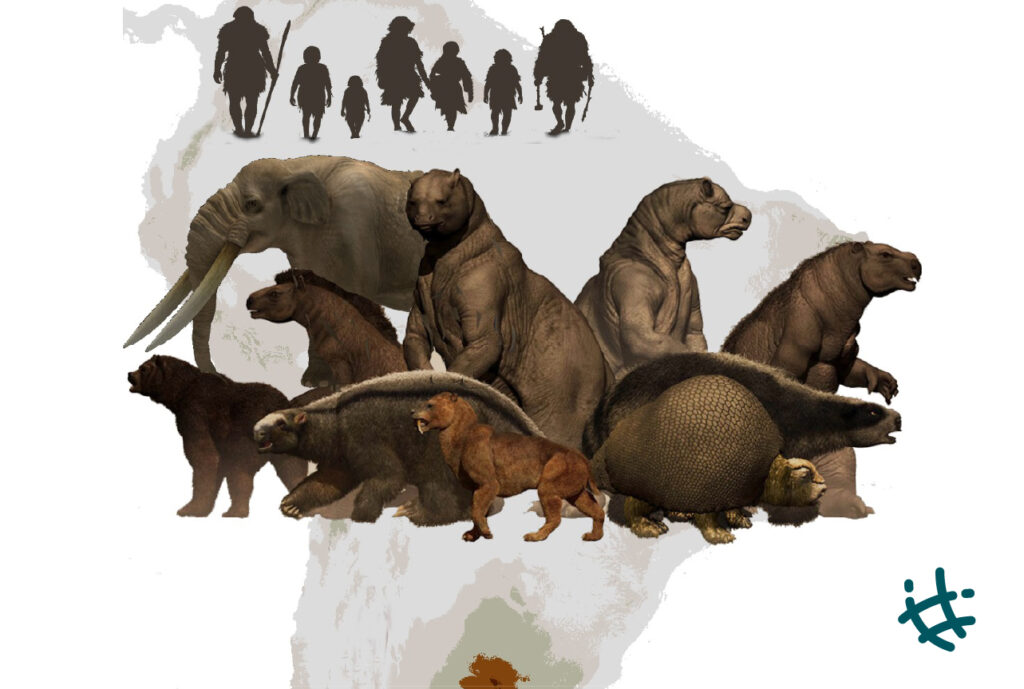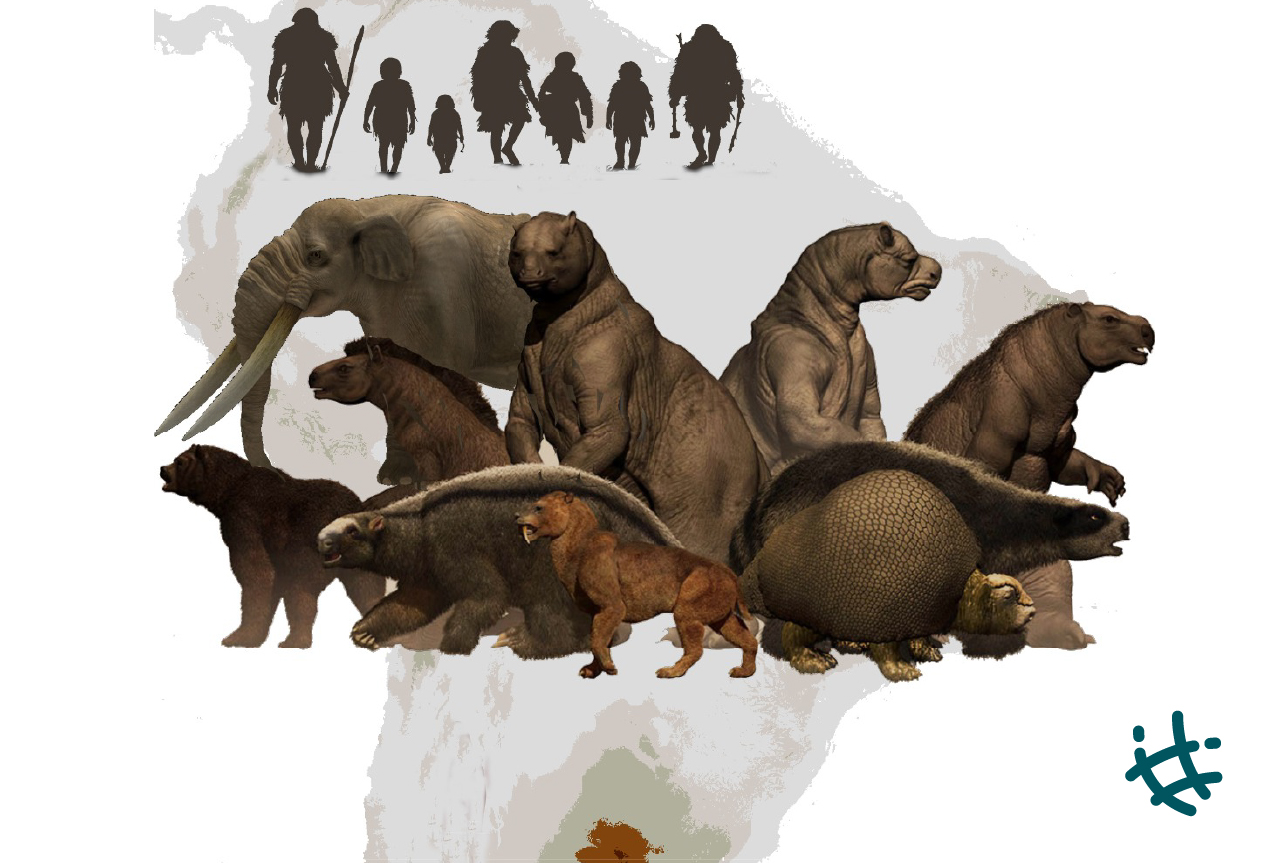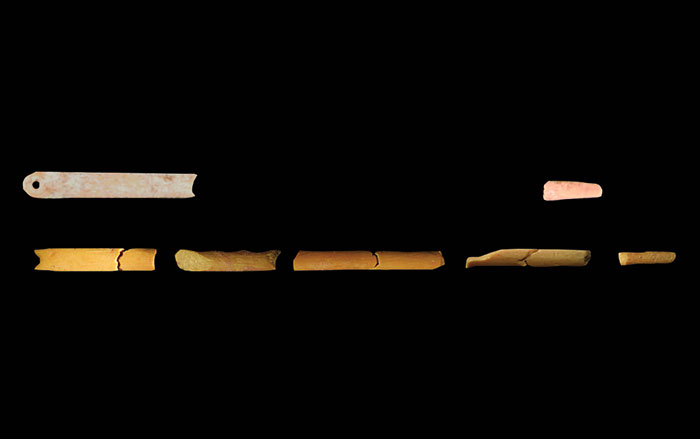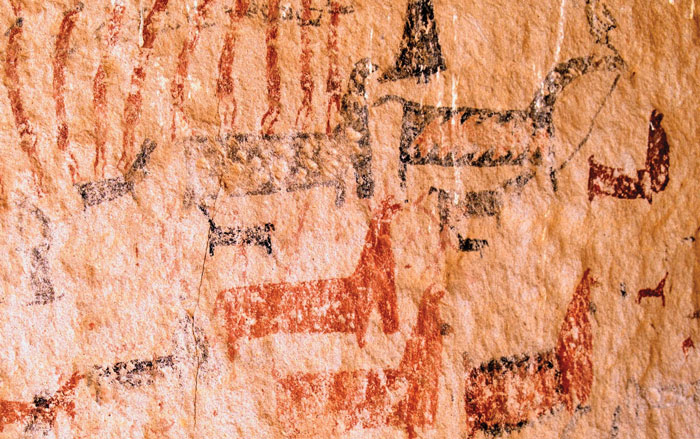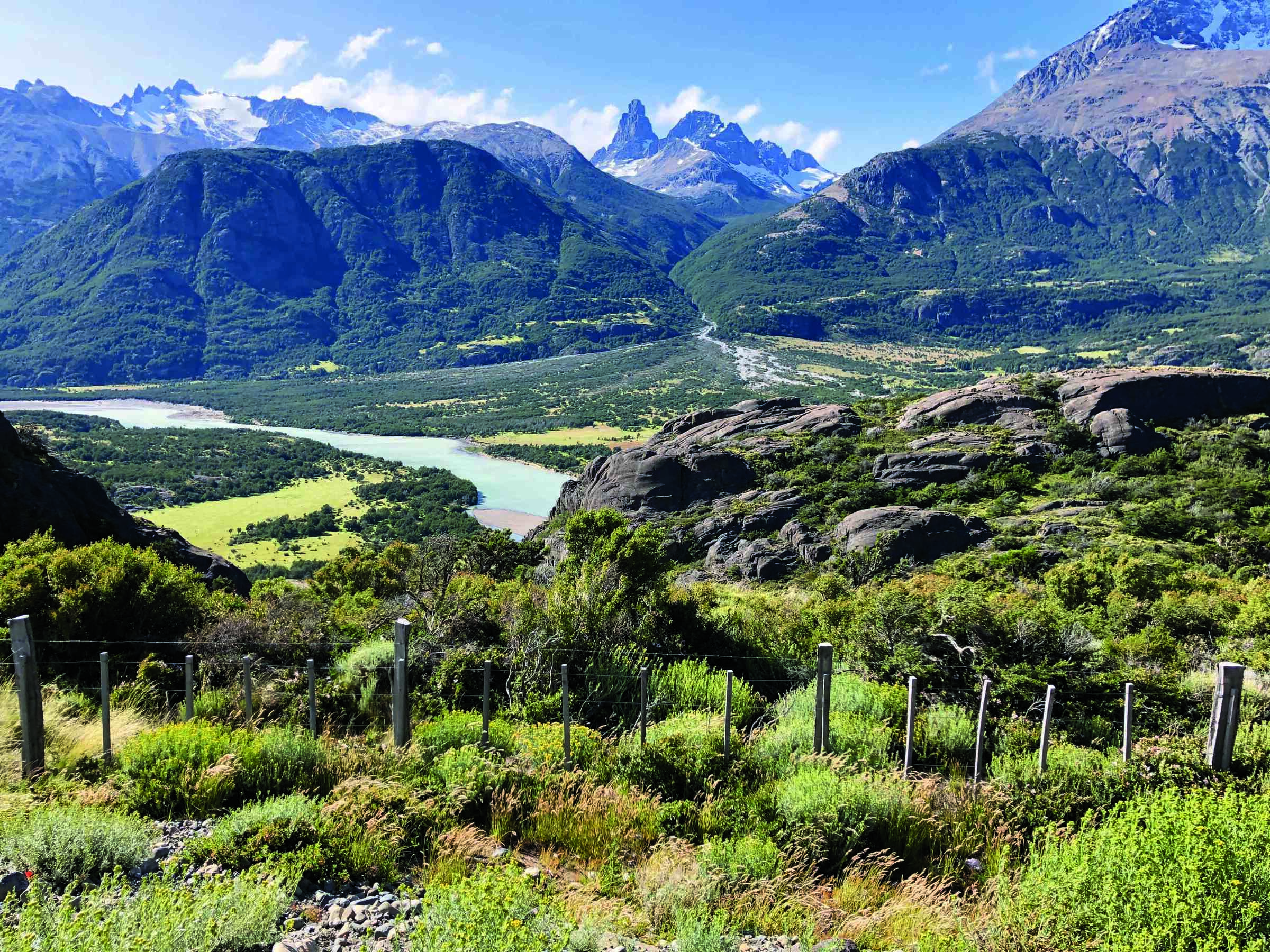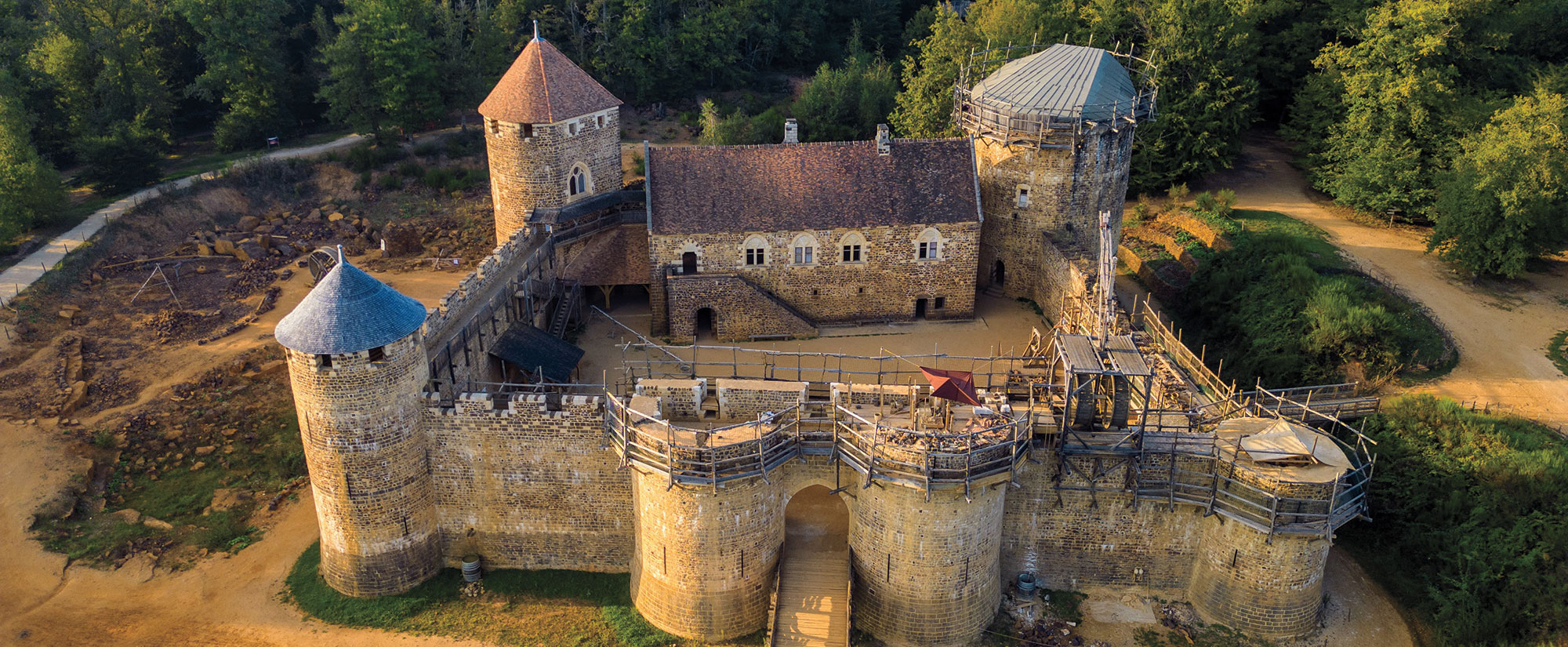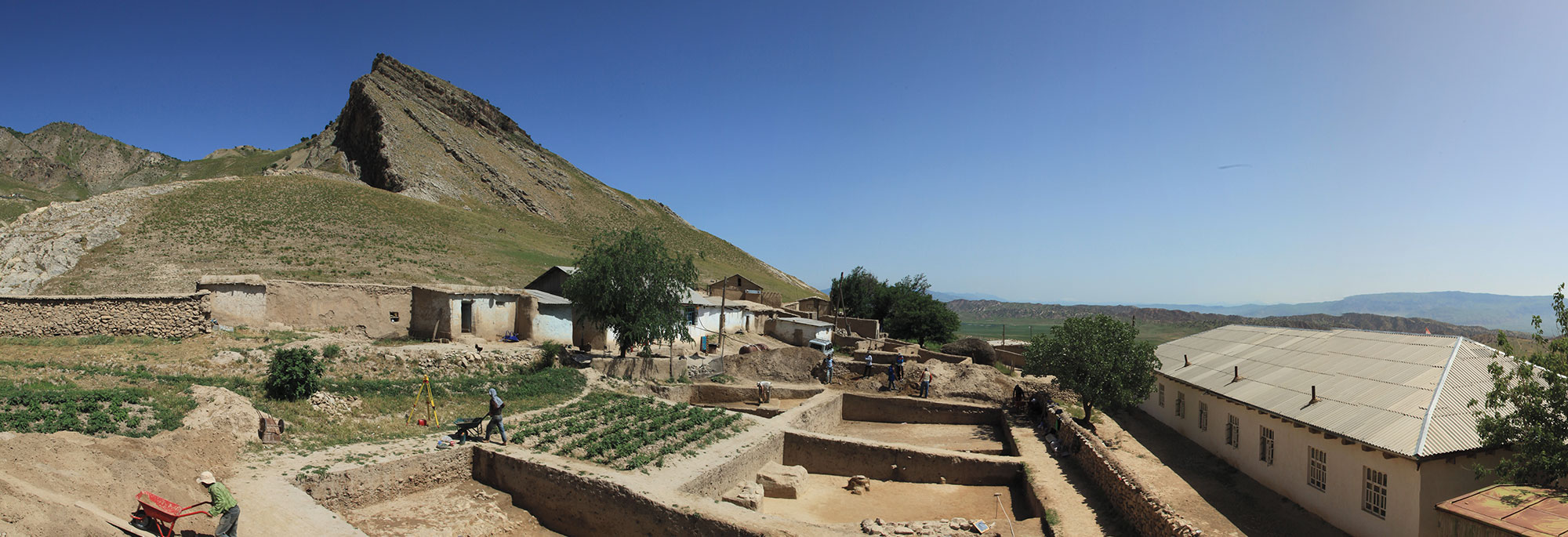LA PLATA, ARGENTINA—According to a Phys.org report, large numbers of megafauna bones discovered at archaeological sites in three South American countries suggest that humans regularly consumed giant sloths and giant armadillos between 13,000 and 11,600 years ago. Luciano Prates of the National University of La Plata and his colleagues examined animal bones recovered from 20 archaeological sites across Argentina, Chile, and Uruguay, and determined that more than 80 percent of them at 15 of the locations belonged to megafauna. It had been previously thought that Ice Age hunter-gatherers in the region hunted the large animals occasionally, but survived day to day by eating smaller animals such as deer and guanacos, a relative of the camel. Prates and his team members now think that hunters in South America targeted megafauna because larger animals yielded more food. Smaller animals only became a regular part of the diet after the megafauna were hunted to extinction, they argue. Read the original scholarly article about this research in Science Advances. For more on evidence of interactions between humans and Ice Age animals, go to "Ghost Tracks of White Sands."
